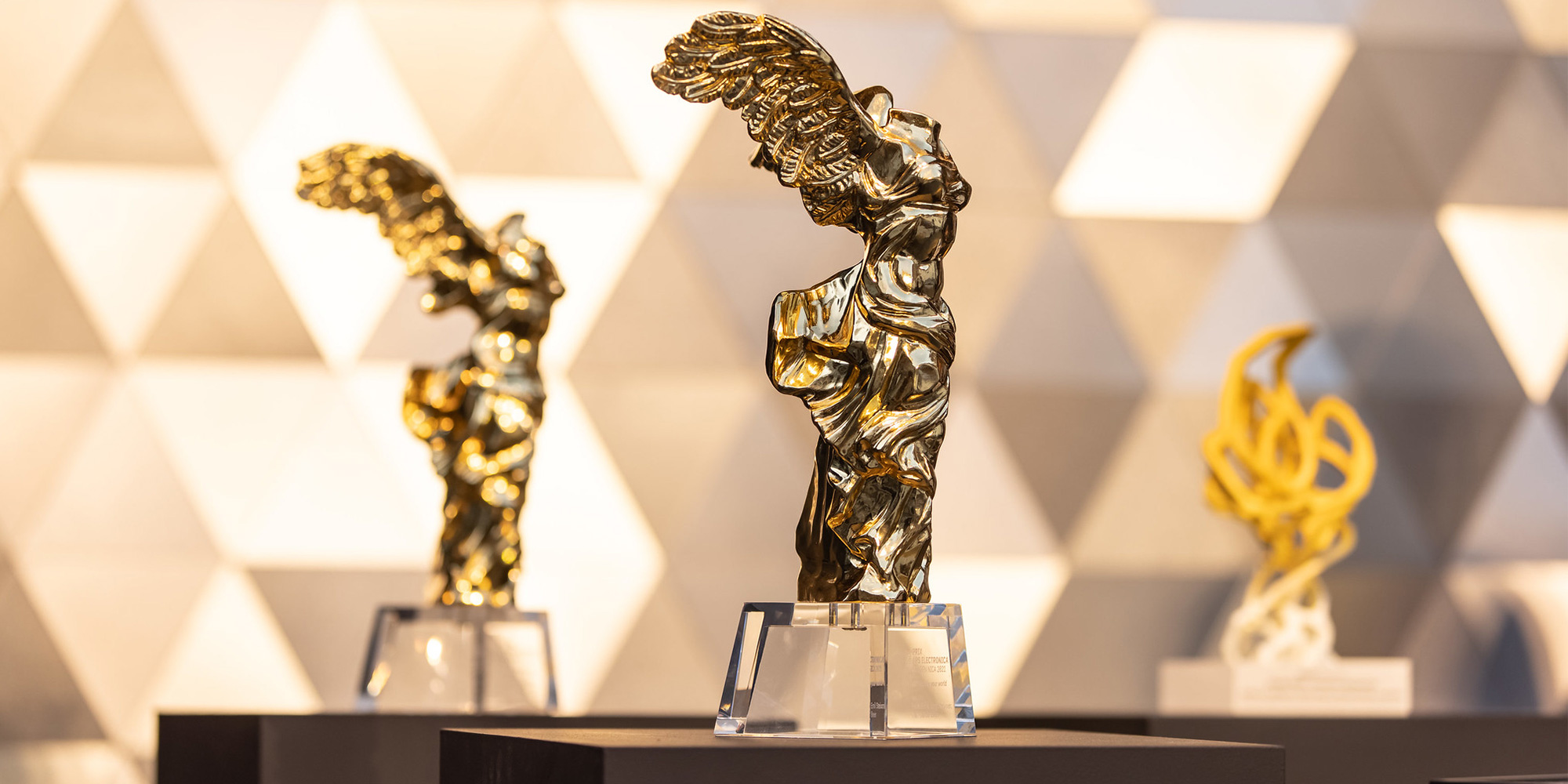The Prix Ars Electronica started off its 37th round at the beginning of the year. The world’s most traditional media art competition has been held annually since 1987. With the award-winning works by international artists, the prize claims to be a leading barometer of trends and to offer an inspiring, current and forward-looking insight into the intersection between art, technology and society. As always, the prizewinners can look forward to the coveted Golden Nicas, up to 10,000 euros in prize money per category and an appearance at the renowned Ars Electronica Festival in Linz.
But the Prix is not only awarded in various media art categories that change biennially. This year, Ars Electronica will also open up more Open Calls to entrants than ever before: The €5,000 Isao Tomita Special Prize, the Ars Electronica Award for Digital Humanity in conjunction with the Austrian Foreign Ministry, the European Union Prize for Citizen Science, the European Commission’s S+T+ARTS Prize, and the Klasse! Lernen. Education Prize in collaboration with OeAD and the Austrian Federal Ministry of Education, Science and Research.
Certain procedures have remained the same since the beginning, but many things have also changed, been improved and adapted and adjusted to the future. We talked to Artistic Director Gerfried Stocker and Prix Ars Electronica Director Emiko Ogawa about what’s new this year, what makes the Prix Ars Electronica so unique and why new prizes join the ranks all the time.
For the media art world, the beginning of the year is also the start of numerous submissions and open calls. What’s so special about the Prix Ars Electronica, how would you describe its significance in one sentence, and why should media artists submit their work here?
Gerfried Stocker: If I try to narrow it down, it’s basically two things: the first is that if you’re active in this field, this is your place, it’s your prize, because this call is made exactly for you. If you’re one of those super interesting artists, creatives, innovators, working on the cutting edge, working to explore the impact of new technologies and scientific developments on our culture and society, submit your application, because this is your prize. This award has been running for 35 years to recognize, honor and celebrate these very people and their work.
And the second thing is that you can join a legacy, a line of many media artists, pioneers before you, a line of great projects. You become a part of that. It starts with great artists like John Lasseter and Peter Gabriel, and continues with Ryuichi Sakamoto, to Valie Export and Laurie Anderson.
Emiko Ogawa: For me it’s almost the same, I just want to add that it’s very important for me when I talk to partners who are not part of the art scene that we can learn from the artists. We can learn from artists how they see society, how they understand criticism of technology. The Prix Ars Electronica is not only a recognized but also a very appreciated environment when it comes to this expertise. And as Gerfried said, that’s primarily due to its tradition.
For me, submitting to the Prix Ars Electronica means that you become part of this community. You become part of an archive of knowledge, of views about the world, about the future. When we look back at it later, we see how groundbreaking artists have perceived the world. So in my opinion it’s a kind of different, highly focused historical archive, looking at humanity, society and technology. We as artists can make a contribution to the world.
Gerfried Stocker: And by the way, you can also win money at the Prix Ars Electronica and become part of the Ars Electronica Festival!

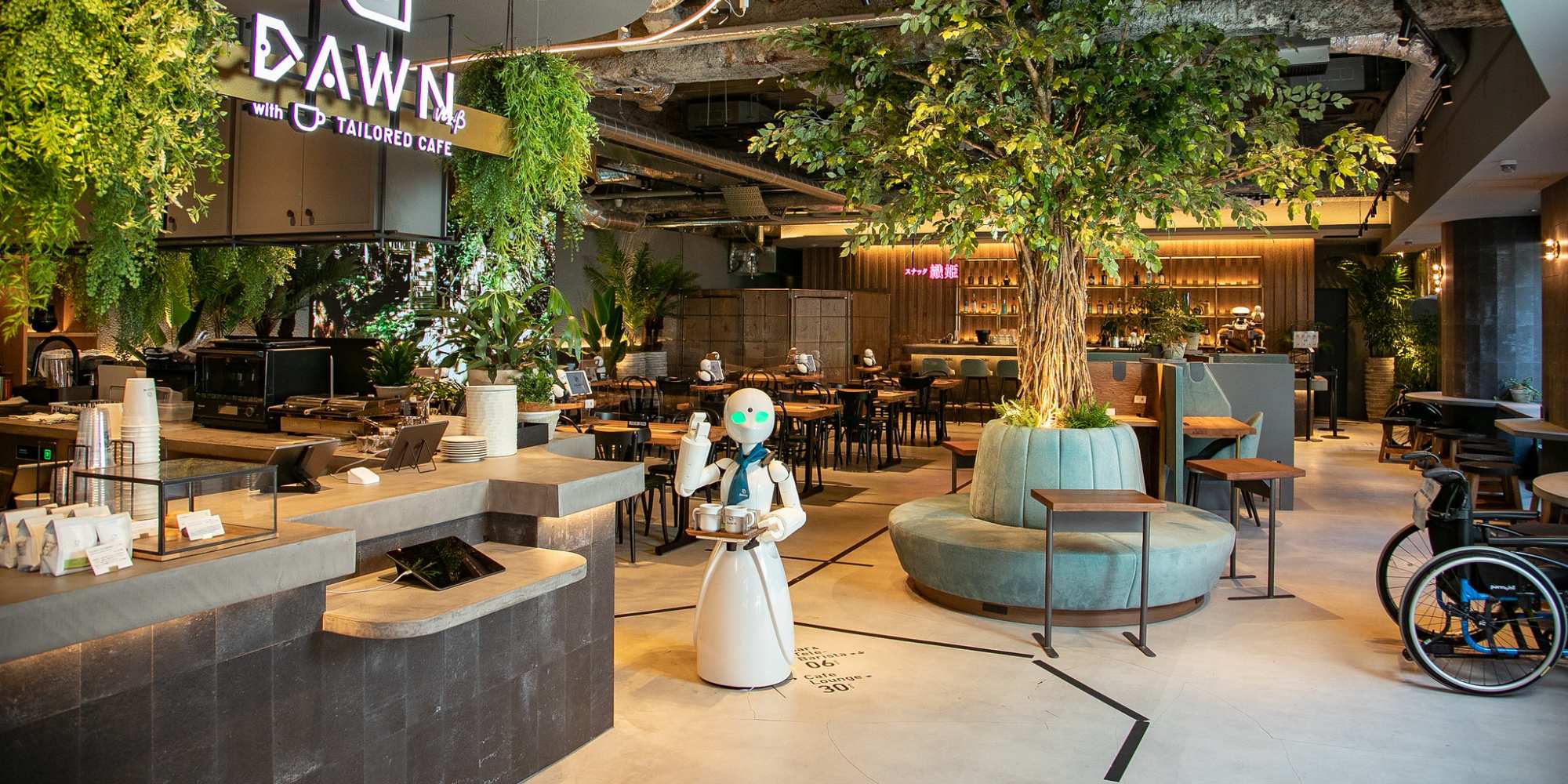
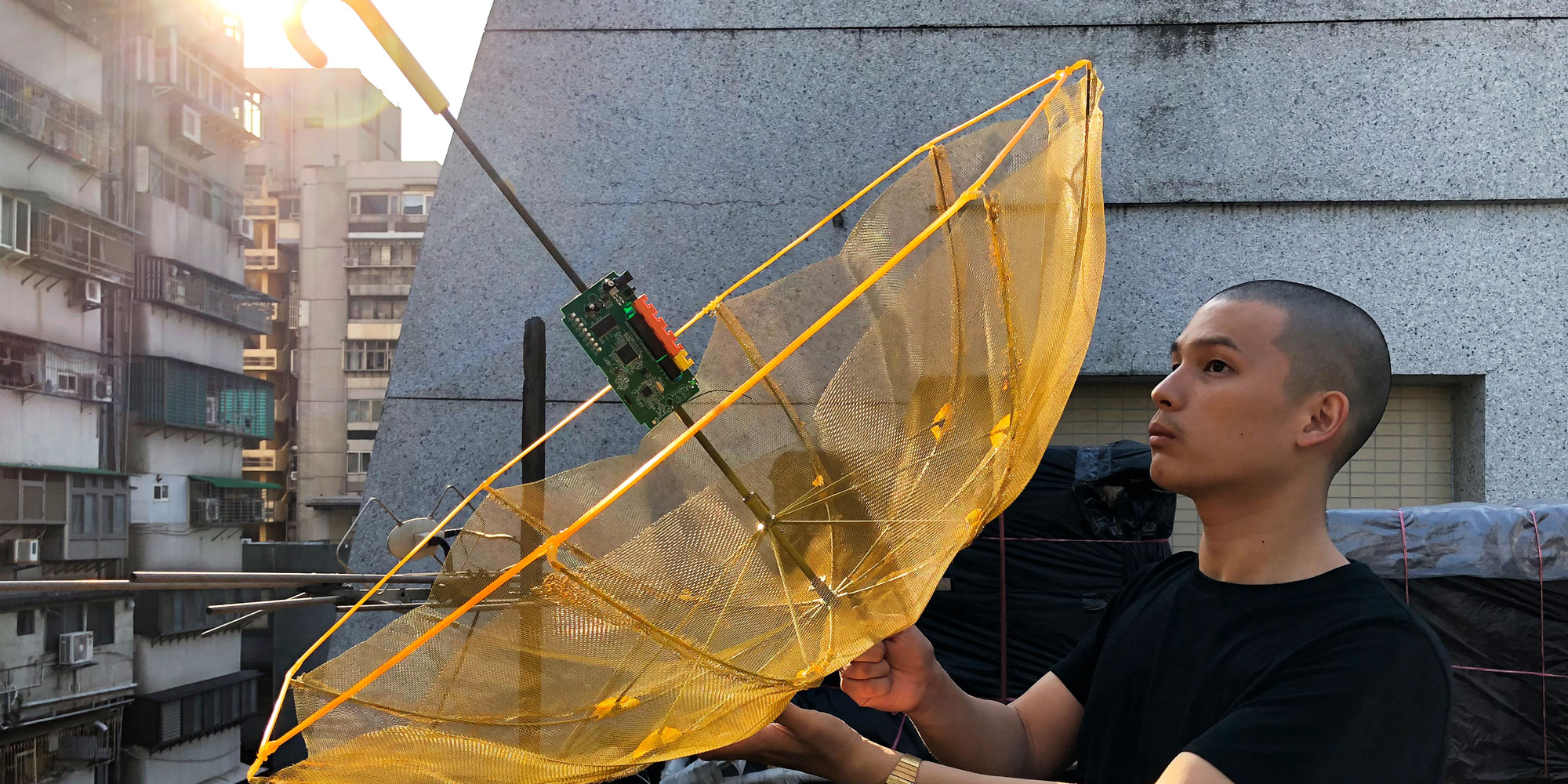
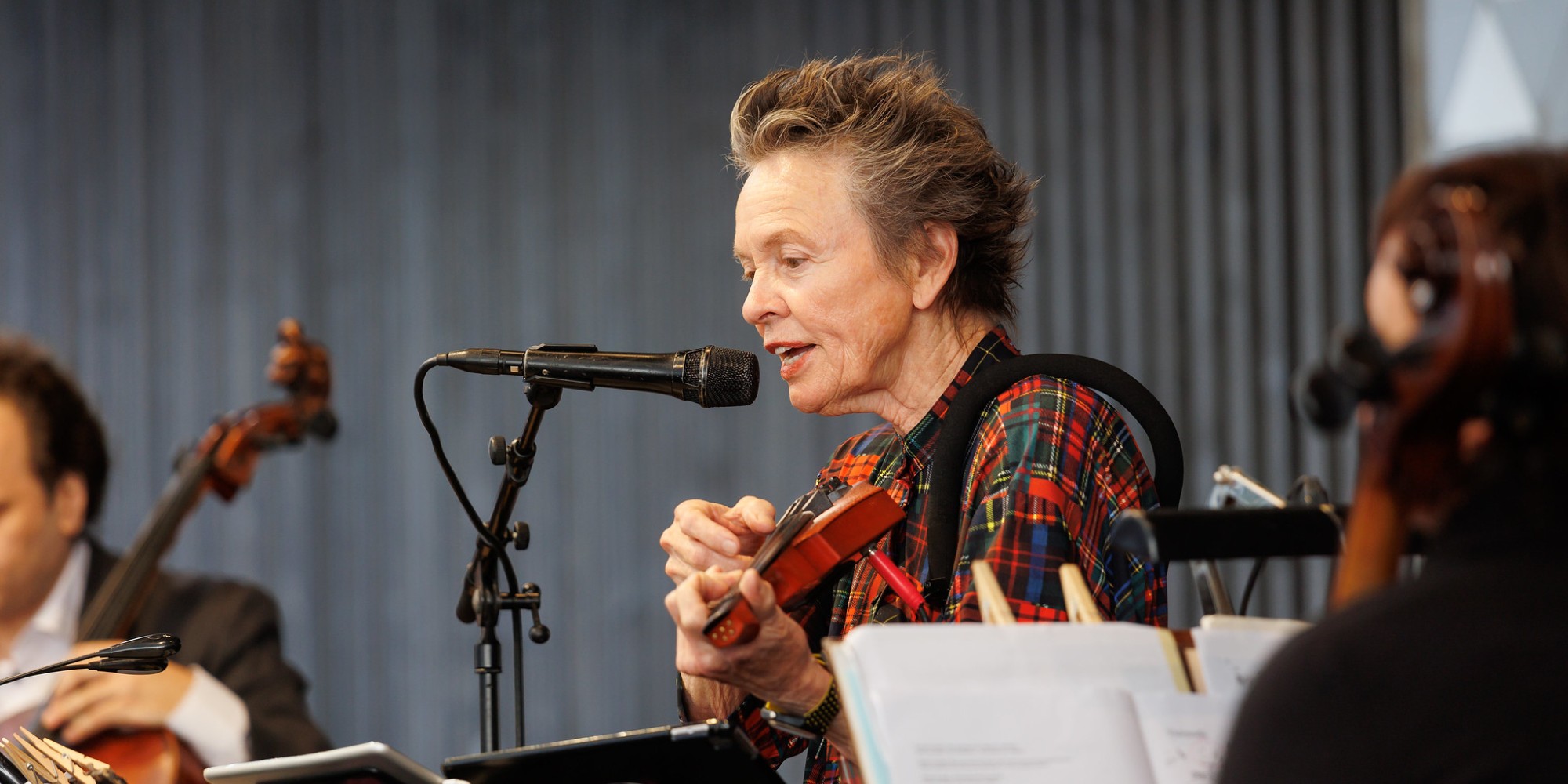
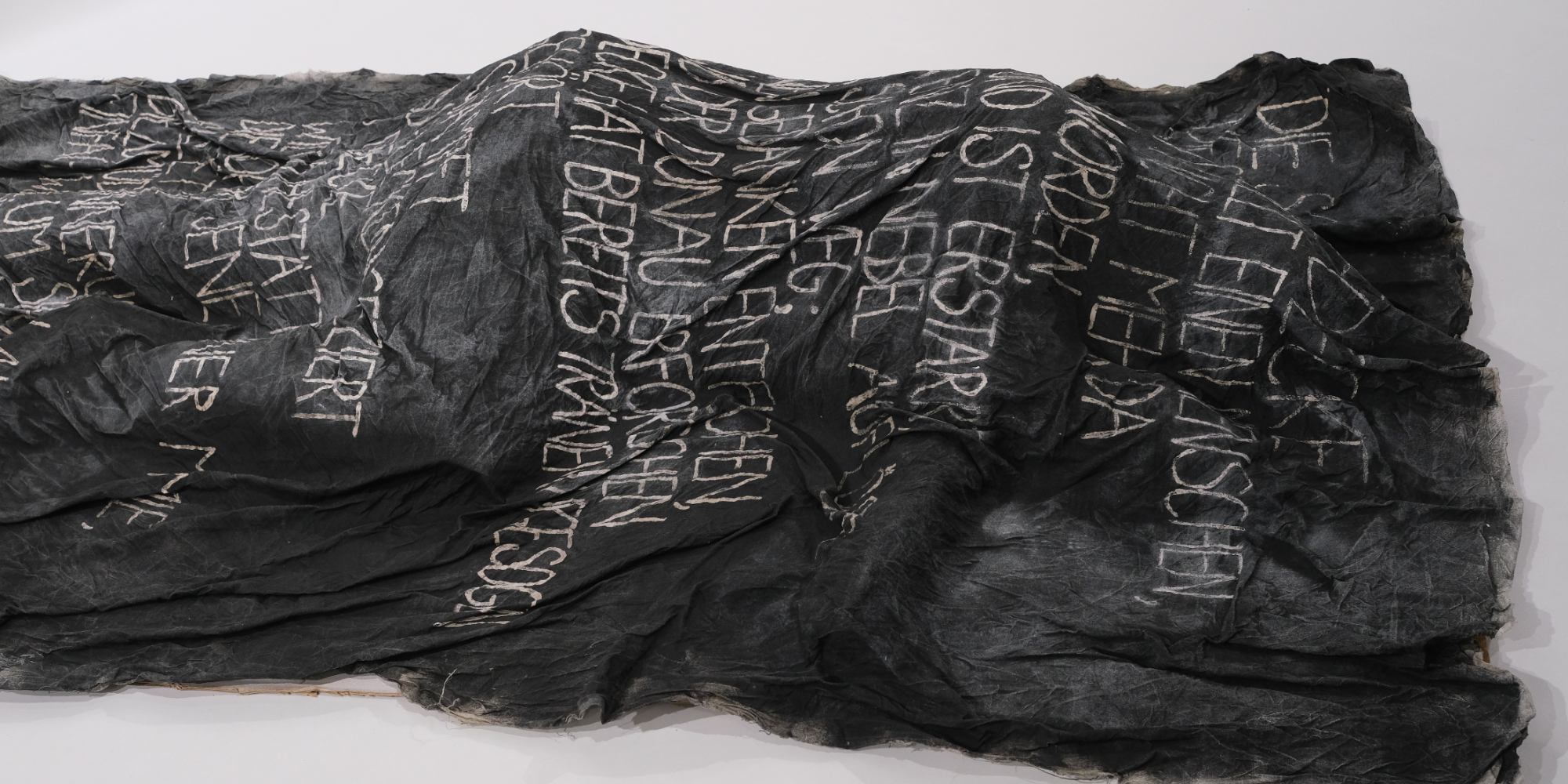
Apart from the legacy, what are the Prix Ars Electronica’s greatest assets?
Gerfried Stocker: One of the greatest assets and, I think, a rather unique one, is the great attention we pay to the selection process. I don’t know of any other process – and I’ve participated in many juries – where I sit for three and a half days with experts of this caliber and am forced to make a decision. I really want to emphasize the amount of effort that we, our team, put into it, the care that we put into it, because that guarantees the quality of the results. And I also think that this is the best way to ensure that we are really acting in the best interest of the artists.
The basic recipe for this process has been the same since 1987, but of course we’ve made some improvements, we’ve introduced digital tools, we’ve even been forced, in times of pandemic, to hold online jury sessions. And we had to make adjustments as the number of submissions increased. We had to introduce a pre-selection process to limit the number of projects that the jury would evaluate at the actual jury session. But of course we kept everything transparent: Jury members can go back in the database at any time and trace any project back to its beginnings – and even bring back projects that have already been eliminated. In practice, this happens very rarely because the jury trusts us, but we always have some people with us who are super eager and super skeptical, and who then bring back one or two projects. That’s not a problem at all.
There are also some rituals in this process that each group introduces by themselves. In one category, for example, it has almost become a tradition to bring gummy bears to the last phase of the process to vote on the last projects, i.e. to evaluate them with gummy bears. Why not, actually? Anything that helps the process is allowed.
Let’s talk about the jury in a little more detail. One question we get asked frequently is: How does the selection process of the jury members itself work?
Gerfried Stocker: The process of how the jurors are selected is based on our huge network and the expertise of our team members and many other jury members from previous years that we consult. We look for people who are very experienced, who know about as much as they can about these fields, who have earned a reputation in their field. And we make sure that with five jury members in each category, we represent the diversity of each category. We also try as best as we can to reflect global diversity.
Here I would also like to emphasize that we fully trust in the integrity of our experts. That is one of the lessons we have learned from over 35 years. I have not been afraid of the process for a long time, because all of these five very dedicated experts have a good reputation to lose. If they make bad decisions in an award like this, it reflects on them personally. In this sense, they are all interested in making the best possible, non-influenced decisions, and this is reflected in the quality of the results.
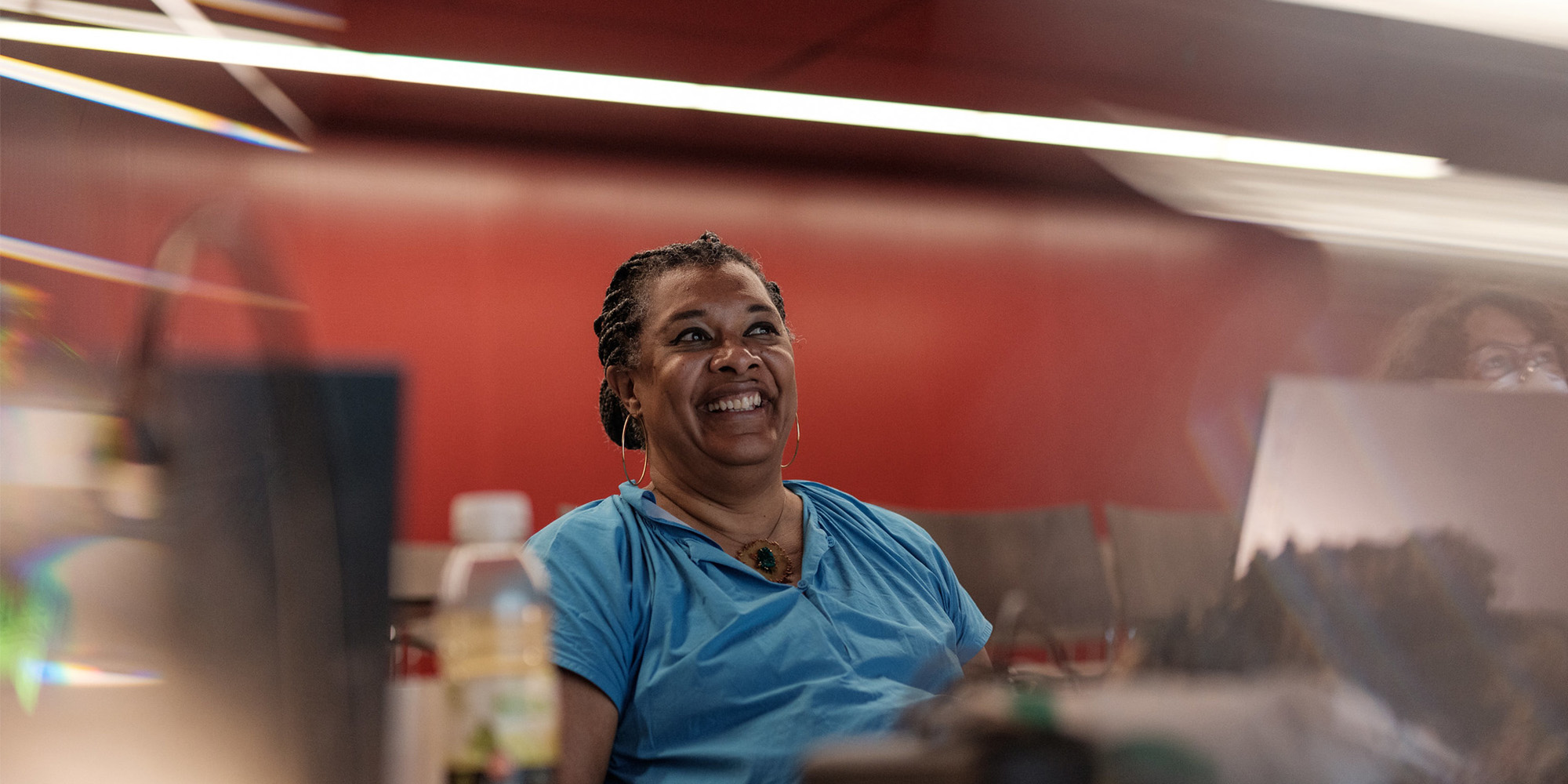

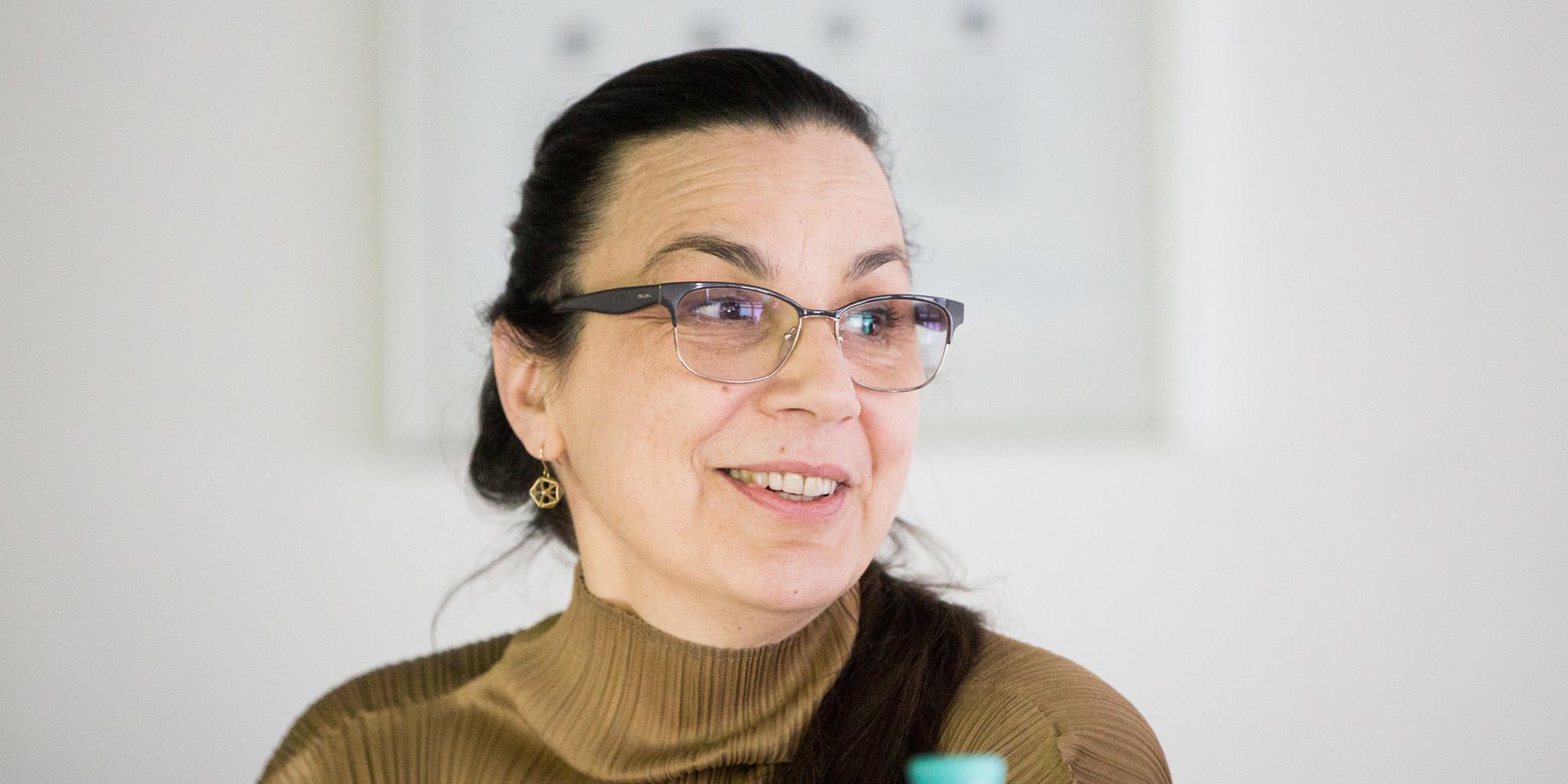
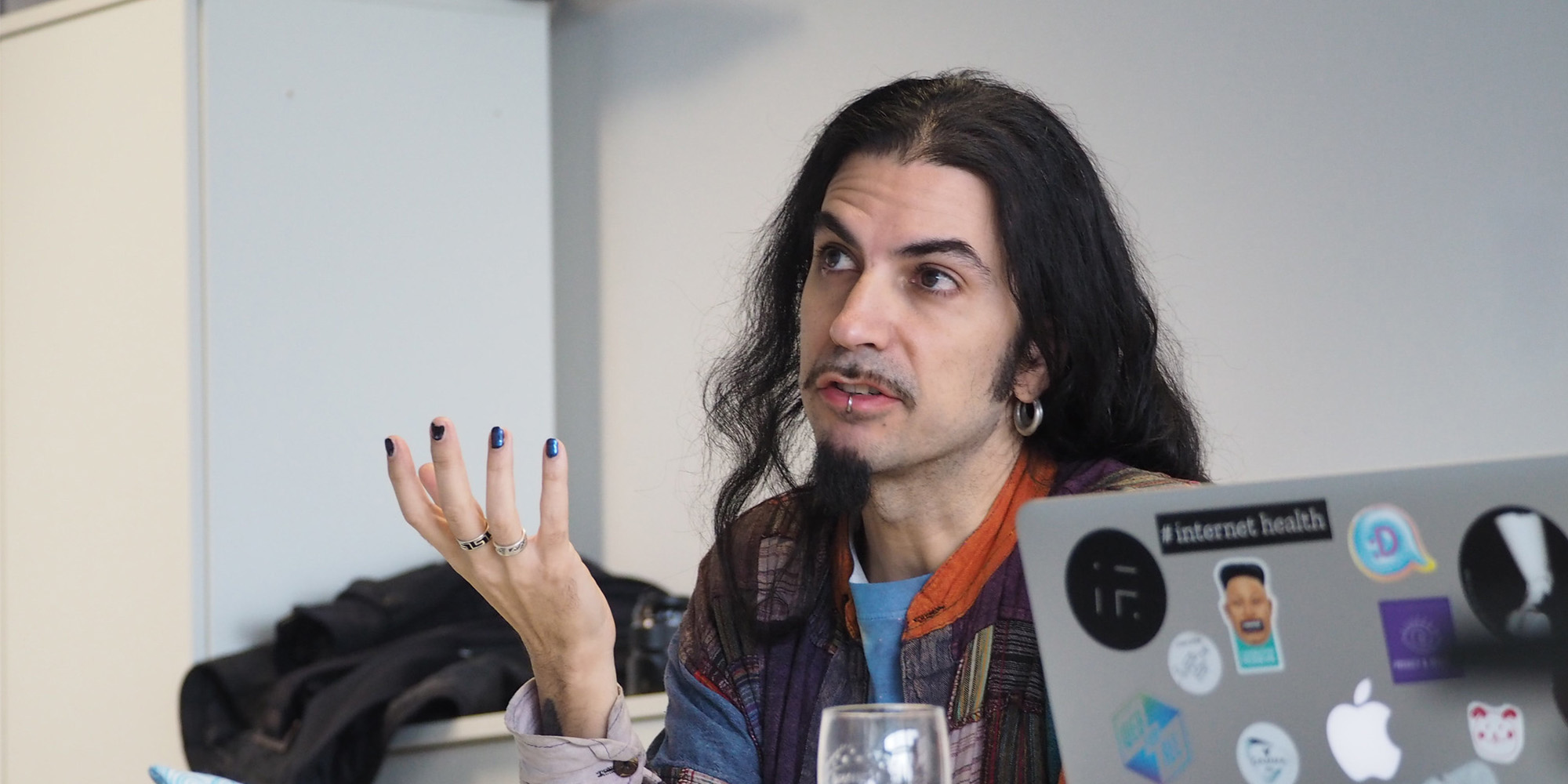



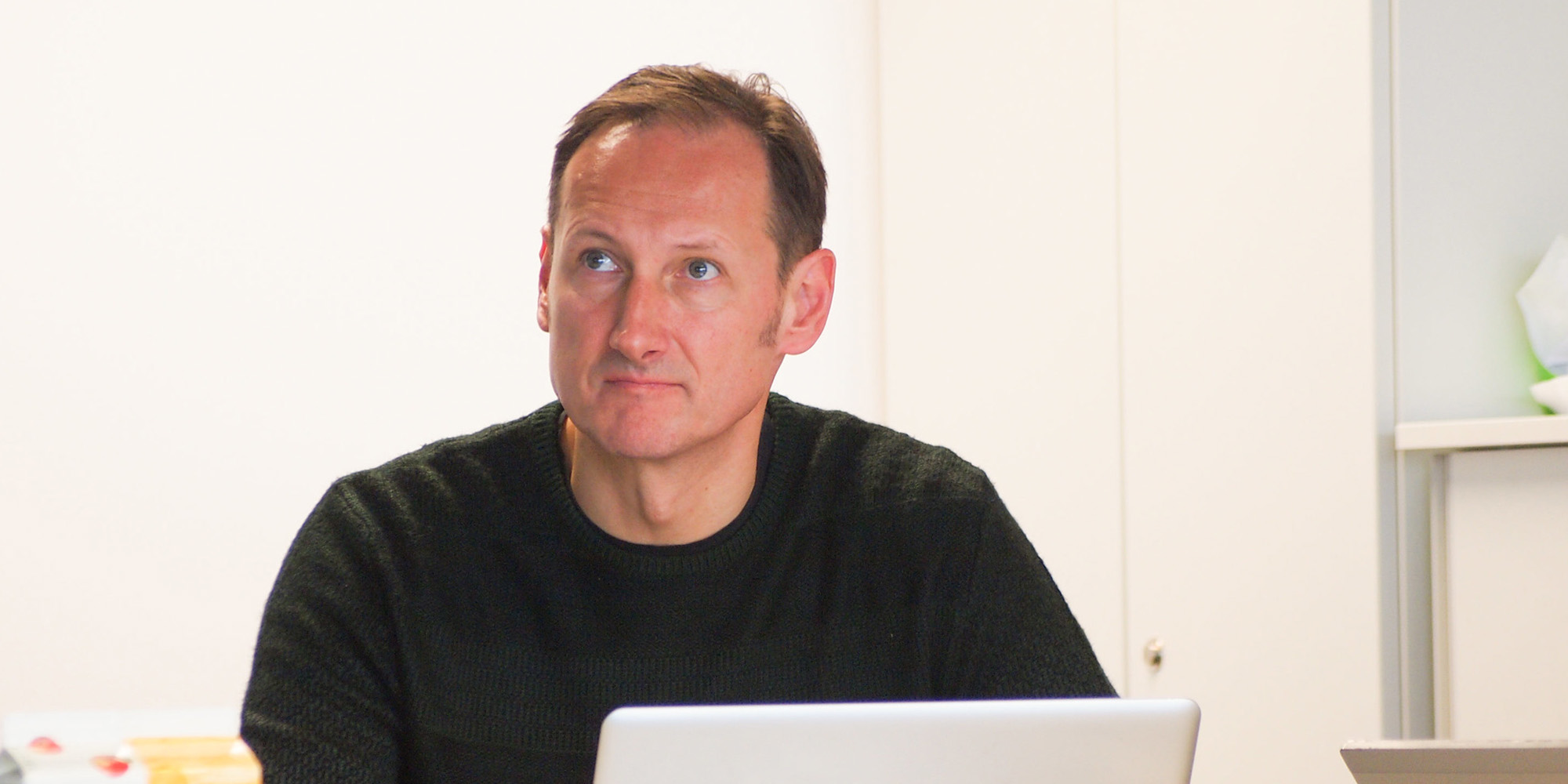
Let’s talk about the future. What’s new this year?
Emiko Ogawa: The challenge this year is to transform the animation category, which has existed for as long as the Prix itself. The change of the category name is just the result of a long discussion: New Animation Art. It focuses more on the new visual appearance that technology brings. And at the same time, the focus is not on the performance of the technology, but on what artists can create with it. We’ve also incorporated some influences from other fields into our category description, such as the imaging of the James Webb telescope or the new visual worlds created by Tiktok, because all of that has changed our idea and the way we perceive animated video.
We have created space in this category for projects that explore and experiment new ways of visuals that can change our perception and set a new standard for the future.
“This category focuses on works that explore and experiment with visual expression at the intersection of animation, art and technology. “
Excerpt from the category description “New Animation Art”
Gerfried Stocker: I think it’s also important to mention why there is neither digital nor computer in the title. The reason is that we want to go beyond the widespread notion of digital imagery and digital animation that has emerged because of the big trend of a certain aesthetic in computer games, a certain aesthetic with all these NFT pixel things. For a lot of people who aren’t really involved in the evolution of digital art or animation art, those seem to be the major trends right now. That’s what they see as digital art because they’ve never seen anything else, never really been interested in it.
We think it’s very important to point out that there are so many other interesting things beyond this mainstream boom, and we don’t want to jump on all the hypes. We want to celebrate, reward, acknowledge all of this diversity, this whole ecosystem that is just becoming a new visual culture, a new style of communication. That’s why we mentioned that things like Tiktok or scientific imaging with the James Webb Telescope are having an impact. These are just a few aspects that show that this whole universe is completely changing the way we use images and the way we communicate.
So what is the contribution of artists? And this is the main question. How do artists explore and experiment with these new technologies, how do they process hypes and trends, and of course the growing awareness of the social and societal impact of these developments also plays a role. Artists are exploring exactly these effects on our lives, and that’s what we’re really looking for.
Was there a special momentum why this repositioning happened just now? Or is it just the end of a process that has already been going on for some time?
Gerfried Stocker: When you have an apple, it’s ripe at a certain point in time, and if you wait too long, it falls off the tree. You have to find the right moment. For some people it may be too late, for some much too early. We’ve discussed it with many experts, and of course we’re watching what’s going on out there. After all, where is the use of a new category if there are not enough artists already working in this field?
The prize is not the instrument to invent the future. The prize is always an instrument to honor and celebrate those who are already helping to develop the future. We want to showcase the visions of thousands of artists out there. And I think this year was exactly the right time to do that.
The realignment of the animation category is not the only innovation this year, however. In addition to the existing Isao Tomita Special Prize, the Ars Electronica Award for Digital Humanity together with the Austrian Ministry of Foreign Affairs, the European Commission’s S+T+ARTS Prize and the Klasse! Learning. Education Prize, a new major European prize was added this year: the European Prize for Citizen Science. The Prix Ars Electronica sees itself as a platform that provides the space, visibility and expertise for such initiatives. Can you explain that in a little more detail?
Gerfried Stocker: We’ve evolved purely from what we think is interesting to a platform for all the many activities out there in the world that are interesting. And of course that has led to a growing interest in working with Ars Electronica to run very interesting competitions, like the S+T+ARTS Prize for the last seven years, like the Digital Humanity Award, like the new Citizen Science Prize. I think it’s very interesting because Citizen Science combines the core idea of Ars Electronica – art, technology, society – and thinks about it from the perspective of society itself. So it fits perfectly with the core definition of Ars Electronica and it shows the relevance and the importance of the platform.
These are things that were really carefully chosen and really fit into our overall vision, but also help us expand it. It’s not just about our new categories and optimizing a little bit here and there. It’s about evolving this platform as a whole.
If these awards were hosted by someone else, of course the whole thing would go in a different direction, it would get a different spin or a different color or a different flavor or whatever you want to call it. By hosting these awards in this atmosphere here at Ars Electronica, in this ecosystem, they also contribute to the vision that Ars Electronica has been working on since 1979.
You can submit your work for the Prix Ars Electronica until March 3. An overview of all current Ars Electronica Open Calls can be found here and on our social media channels.
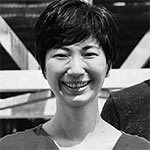
Emiko Ogawa is an artist and a curator. She is currently working for the Prix Ars Electronica, the world’s most time-honored media arts competition. She worked on the signage system and produced drawings for the renewal of the Ars Electronica Center in 2009, and since then, she has worked on planning exhibitions for the Ars Electronica Center, the Ars Electronica Festival, and Ars Electronica Export. She creates installations and workshops under the topic of ‘creative catalyst’ and invites audiences to participate. As an artist, she is in charge of creative direction, graphics and interaction design in the media artist group h.o(hdoto). Working to ‘sense the invisible’, they create experimental projects that foster communication and make revelations about society.
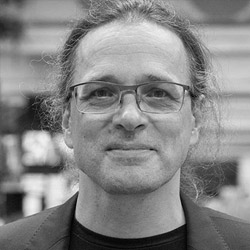
Gerfried Stocker is a media artist and an engineer for communication technology and has been artistic director and co-CEO of Ars Electronica since 1995. In 1995/96 he developed the exhibition strategies of the Ars Electronica Center with a small team of artists and technicians and was responsible for the setup and establishment of Ars Electronica’s own R & D facility, the Ars Electronica Futurelab. He has overseen the development of the program for international Ars Electronica exhibitions since 2004, the planning and the revamping of the contents for the Ars Electronica Center, which was enlarged in 2009, since 2005; the expansion of the Ars Electronica Festival since 2015; and the extensive overhaul of Ars Electronica Center’s contents and interior design in 2019. Stocker is a consultant for numerous companies and institutions in the field of creativity and innovation management and is active as a guest lecturer at international conferences and universities. In 2019 he was awarded an honorary doctorate from Aalto University, Finland.
